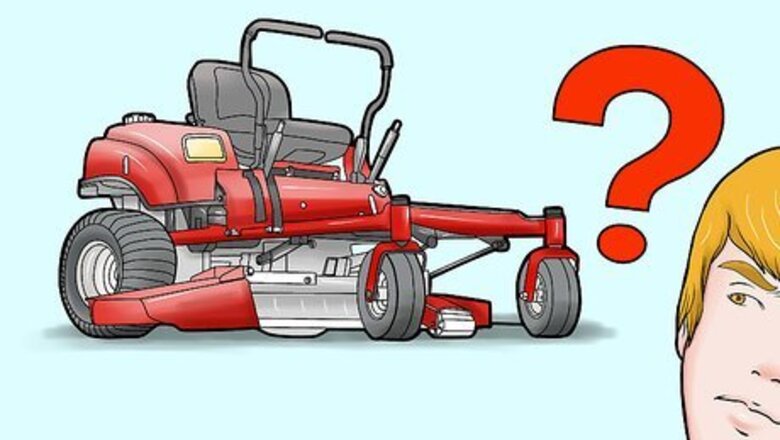
views
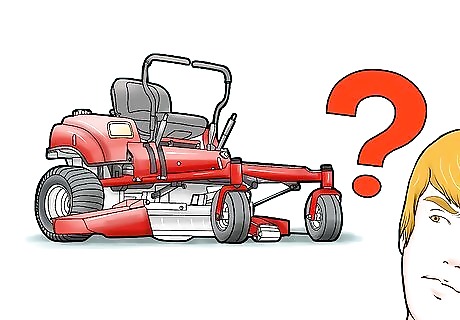
Understand what zero turn radius means. Because the drive wheels turn independently, powered by hydraulic motors on each axle, one side can turn in reverse while the other turns forward, causing the mower to actually spin like a top in one place.
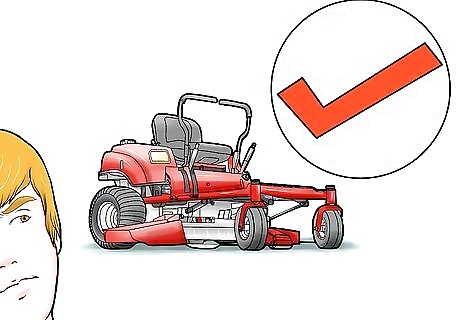
Select a mower appropriate for your mowing needs. If you have a small urban lawn, less than a few hundred square feet, this is not the machine for you. For medium to large lawns, a 15 to 18 horsepower (now referred to as torque) mower with a 36–42 inch (91.4–106.7 cm) mowing path is as large as you need. For very large lawns, over an acre, you can go to a 22- 25 horsepower model that mows over 50 inches (127.0 cm) in each path.

Read the Owner's Manual/Operator's Manual for your mower. Some mowers come with a Quickstart Guide to help you get started, but it will not cover all the information you may find you need, so take a little time to browse the more complete information contained in the Owner's Manual.
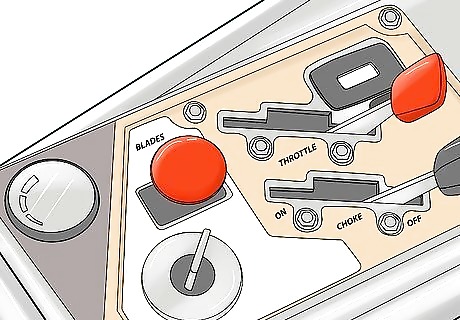
Look at the controls on the mower so you understand the purpose of each one and are familiar with its operation. Here are the main controls common to ZTR mowers: Ignition switch, for cranking your mower. Parking brake, usually has to be engaged to start the engine. Mower clutch, to engage the mowing blades. Deck height adjustment, to raise or lower the blade, depending on how high you want to cut your grass. Steering arms. These are the devices that replace your steering wheel to make your mower go forward, reverse, and turn. Check your machine before starting it. Here is a brief checklist to go over every time you use your machine. Check the fuel. Check the oil. Check the belts, pulleys, and blades to make sure they are free of debris and in good condition. Check the tires. This is critical with a ZTR mower, since the turning dynamics of this machine place a great deal of stress on the tires.

Find a location with lots of room to practice driving your mower before actually beginning to mow. The steering, acceleration, and general feel of driving a ZTR mower will be a new experience for most people, so having lots of practice room is always a good idea.
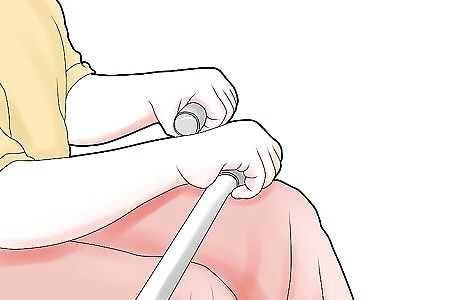
Sit down in the seat when you have selected your mower, checked the items listed above, and are ready to begin. Before starting your engine, adjust the control arms so they are in a comfortable position. Usually these will tilt in and out (left and right, from the center line of the machine). Many ZTR mowers also have an option of adjusting the neutral position, for taller or shorter people, so your arms are in a comfortable position while you mow.
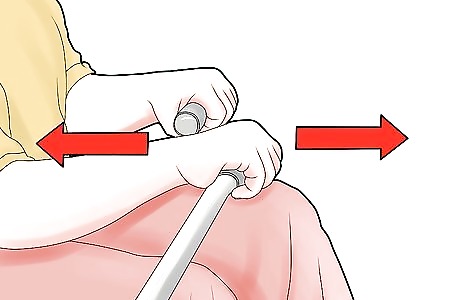
Grasp each control arm in your hands, moving it forward and backward, to get a feel for its motion. The arms will return to a neutral position when you release the pressure on them. Pushing them forward propels the mower forward, and pulling them back reverses the mower. Give yourself a few moments of practicing this before proceeding.
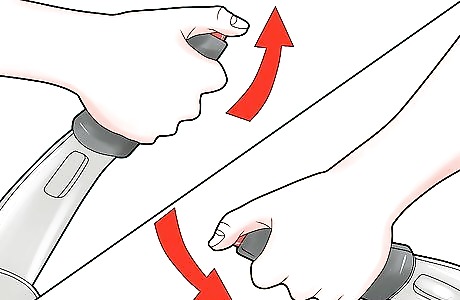
Engage the parking brake, disengage the mower clutch, pull the choke knob (if equipped), advance the throttle lever, and turn your key to crank the engine. When the engine cranks, push the choke knob in and pull the throttle back to a fast idle. When you are ready to roll, release the parking brake.
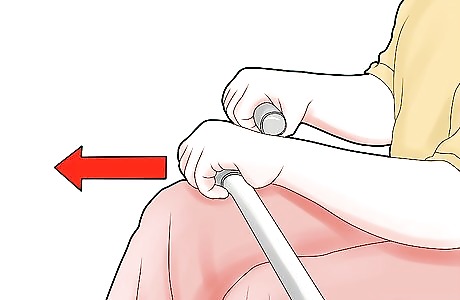
Slowly push the control handles forward, keeping them equally advanced so that the mower will begin to move in a straight path. If the mower turns left, you need to advance the left arm more to compensate; if it turns right, advance the right. The handle you push forward speeds the drive wheel on that side. For straight travel, you want the wheels to turn at the same speed.
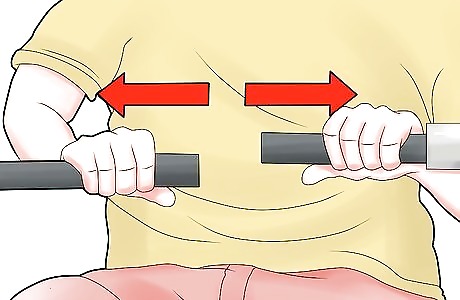
Turn your mower left and right by advancing the opposite control stick, or easing back the control on the side you wish to turn to. You should get the hang of it fairly quickly, but give yourself enough time to be confident in your steering ability.

Try backing the mower by pulling the arms backward. This also should be practiced at a lower engine speed. You should have noticed by now, the farther you advance or pull back the control arms, the faster the mower travels.
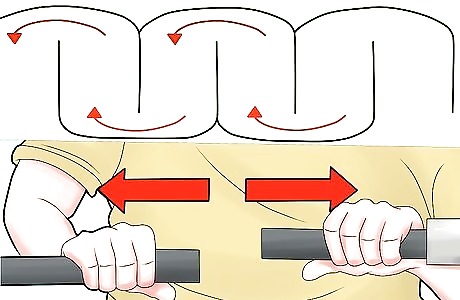
Practice making sharper turns by reversing the control arm on the side you wish to turn toward, while advancing the opposite side. You will see the reversed wheel is pulling one side of the mower backwards, while the forward wheel is pushing that side, causing the mower to spin in place.

Become familiar with the mower deck's cutting path, its width in relation to the drive wheels, and the discharge angle of the mower blades. You will find that sharp turns in close quarters can quite suddenly jam the mower deck against an obstacle, since it is traveling almost perpendicular to the center-line of the machine. You will also want to cut the widest path on each pass, so the mower's position as you travel needs to be in line with your previous cut.

Start mowing. Now that you are familiar with the basic driving controls of your ZTR mower, pull the knob (or whichever type of control your mower is equipped with) to engage the blades, and begin mowing.
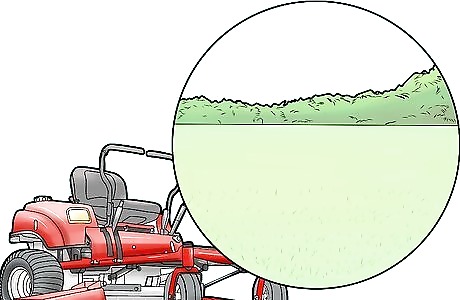
Mow your lawn, taking care on steep hills and near obstacles, and watching for bystanders, buildings and vehicles that may be hit by debris thrown from the mower blades as you pass by.


















Comments
0 comment